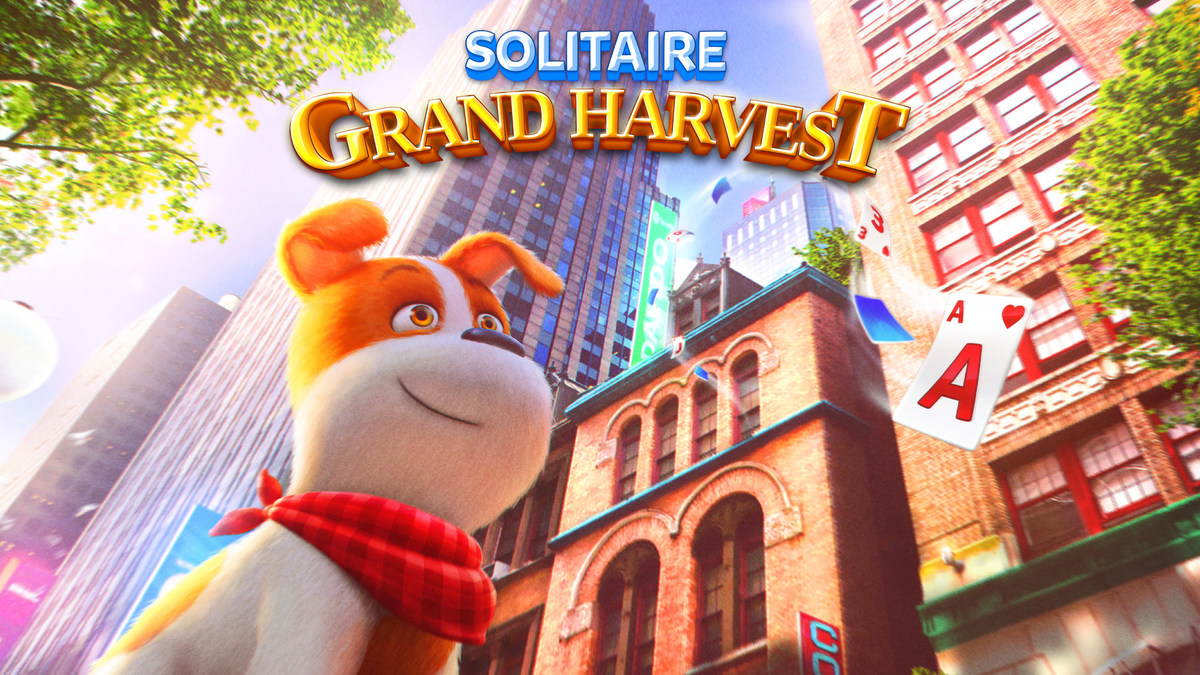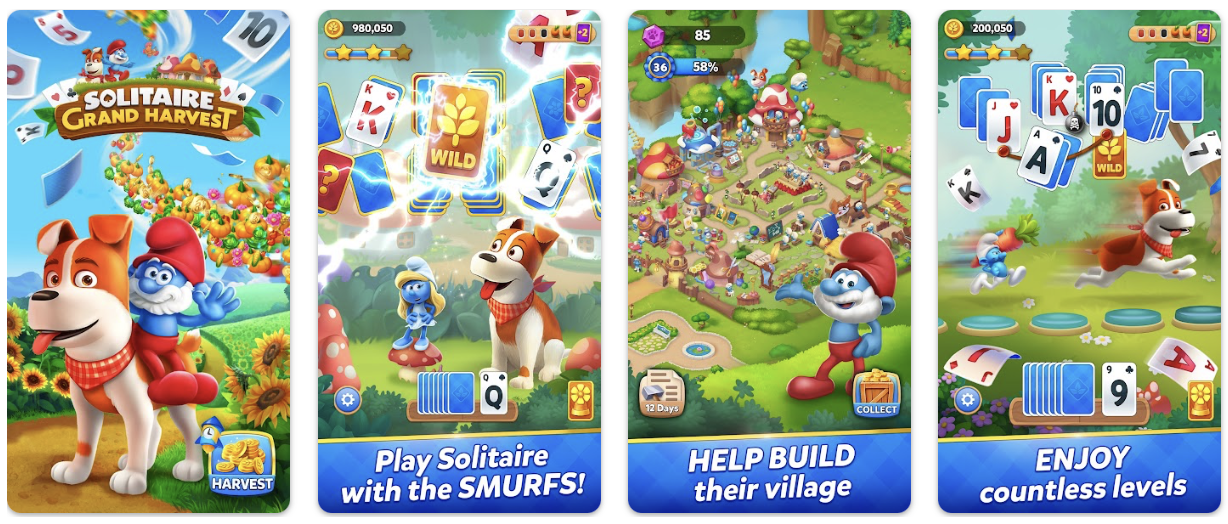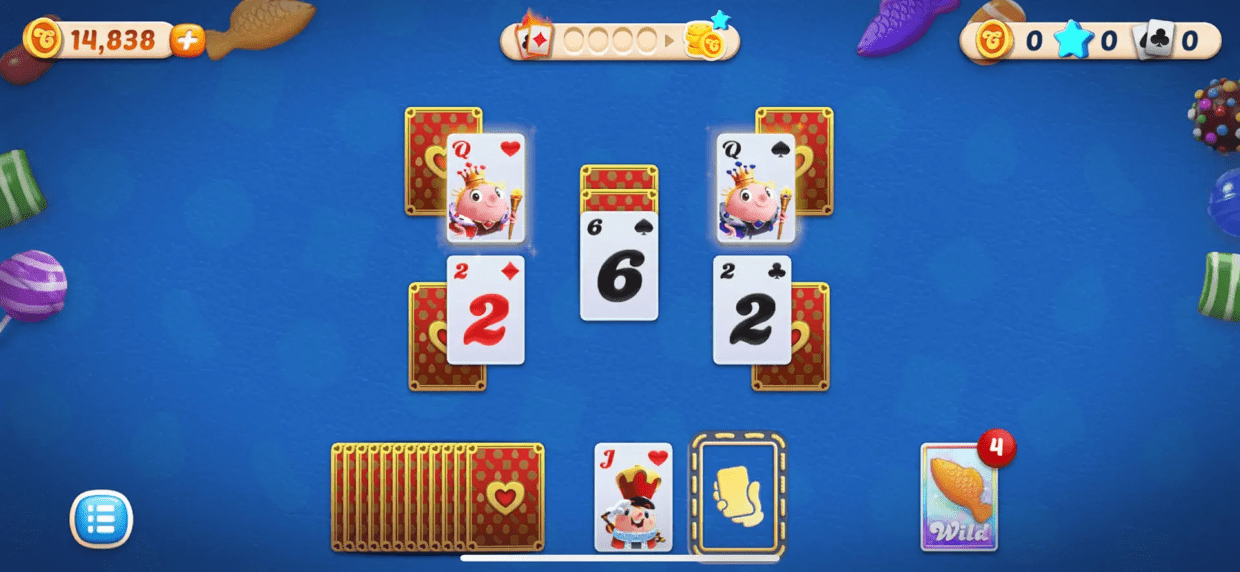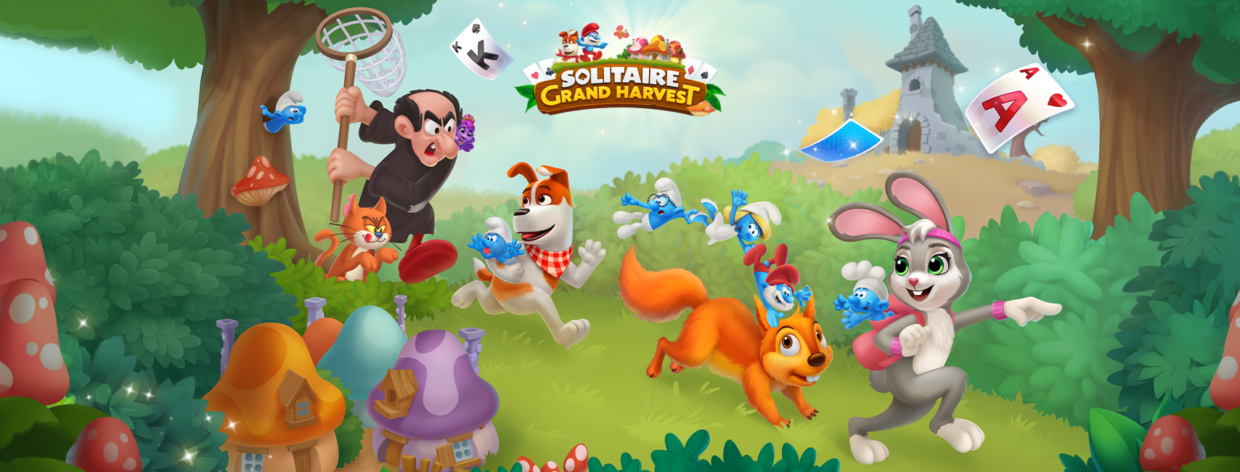About the author
Aylin YAZICI
Publishing Manager @Joygame | Head of Content @Gamigion 🎮 | Entrepreneur Driving Innovation

AnalysisHighlightsJournal 717 Aylin YAZICI April 14
If you told someone that a solitaire game could generate over $1 billion in revenue, they might raise an eyebrow and ask, “Is it made of gold cards?” But that’s exactly what Solitaire Grand Harvest has done.
From humble beginnings as a card game, Solitaire Grand Harvest has grown into one of the most successful and addictive mobile games of all time. With a brilliantly balanced blend of solitaire mechanics, farm-themed progression, and casino-inspired monetization, this game redefines what a casual title can achieve. Whether you’re a casual gamer curious about why this game is so beloved, a game designer trying to dissect its secret sauce, or just someone who appreciates clever mobile design, this is one journey through the fields of innovation worth taking.

And for me personally? This analysis isn’t just about the numbers or game loops—Solitaire Grand Harvest is one of my favorite mobile games. I’ve spent countless hours on the farm, flipping cards, unlocking crops, and groaning when Peggy the Pig reminds me that my Piggy Bank is full (again). But more importantly, this genre is clearly having a moment. We’re witnessing the rise of hybrid solitaire titles in real-time—and it’s not just smaller studios hopping aboard. Even King, the creators of Candy Crush, have now launched Candy Crush Solitaire. If that’s not a sign of a trend worth paying attention to, I don’t know what is.


Solitaire Grand Harvest was developed by Supertreat and officially released in 2017. While it began with a modest following, its trajectory changed dramatically when Playtika acquired the game in 2019. From there, it grew—no, exploded—thanks to a powerful blend of smart live ops, polished monetization, and marketing that knew exactly how to target the casual mobile gamer.

Today, its numbers are astonishing. According to AppMagic:
Those stats position SGH not just as a top-tier solitaire game, but as a serious mobile gaming titan. This isn’t just another card game—it’s a revenue powerhouse with staying power.

At its core, SGH builds on the classic TriPeaks solitaire mechanic. You clear cards from the board by selecting those that are one higher or lower than the current one in your hand. It’s intuitive, rhythmic, and just challenging enough to keep your brain ticking along. But what really makes SGH pop is the genius overlay of a farm-building meta game.

Each level you beat contributes to the progress of growing crops on your virtual farm. Complete a set of levels—called a field—and you’ll plant a new crop. The farm isn’t just decorative; it acts as a passive income generator, producing coins you can harvest every hour. The more crops you unlock, the more coins you can collect. It’s simple, but incredibly effective in encouraging repeat sessions. It’s a design loop that mirrors real-life growth and progression—you sow (play), you wait (take a break), and then you reap (harvest coins).

The saga-style map structure gives players a sense of direction and achievement, while the farming metaphor brings cozy, casual vibes that stand out in the competitive card game space. As you play more, your farm flourishes—and so does your sense of accomplishment.
SGH doesn’t just monetize well—it does so in a way that feels embedded into the gameplay loop rather than bolted on. Instead of a traditional energy system, the game uses coins as currency to enter levels. It’s a mechanic borrowed straight from social casino games: bet coins to play, win more coins if you succeed, and lose your entry fee if you don’t. The stakes feel real because you’re wagering a valuable resource.
To keep things exciting, SGH lets you raise your bets by 2x, 4x, 8x up to 15x. It’s a clever risk-reward mechanism that appeals to both low-stakes grinders and high-rollers looking for big rewards. Of course, the house always wins eventually. Run out of coins? You’ll either wait for your hourly harvest or you’ll be nudged toward making a purchase.

The monetization doesn’t stop there. One of the game’s most effective mechanics is the “out-of-moves” moment, where you’re offered a chance to buy 5 more cards or a Wild Card to finish a level you’re oh-so-close to beating. That moment taps into loss aversion brilliantly—especially when you’ve already collected tons of in-level rewards. Add to that the Piggy Bank mechanic (Peggy stores bonus coins you can unlock with real money), the Golden Ticket weekly pass, and limited-time offers from Mia the Cat, and you’ve got a monetization engine disguised as a country fair.
SGH shines when it comes to giving players layers of progression and purpose. Beyond just climbing a level ladder, players are rewarded with:

The game even includes light customization features—like decorating your farm with building gems or naming it—making progression feel personal. There’s always something to unlock, improve, or beautify. And if that wasn’t enough, new systems like Home Island renovations and Farm Pets have been added over time to keep the content pipeline fresh and engaging.
Behind every great casual game is a killer marketing campaign—and SGH is no exception. After Playtika’s acquisition, SGH launched one of the most ambitious user acquisition efforts in mobile gaming.
TV spots with Dr. Phil, influencer campaigns featuring Sarah Jessica Parker, crossovers with brands like The Smurfs, and offerwall promos on platforms like Swagbucks helped SGH break through the clutter. These weren’t just flashy ads—they told a story: Solitaire isn’t old-fashioned. It’s relaxing, social, and fun.

Playtika also mastered performance marketing, A/B testing creatives, and retargeting users across channels to ensure that the farm stayed top of mind. The message was clear: SGH wasn’t your grandma’s solitaire—it was the cozy, strategic, endlessly rewarding version you never knew you needed.
Most players describe SGH as relaxing, fun, and wonderfully addictive. They love the sheer volume of content, the constant sense of progression, and the cute farm theme. The daily structure and event cadence give players a reason to keep coming back, and even those who don’t spend real money can make meaningful progress with some patience.
However, there are criticisms too. Some players feel the game becomes too difficult in later stages without using boosters. Others dislike the monetization pressure or claim the RNG seems stacked at times. And let’s be honest—Peggy’s constant reminders about the piggy bank can get a little grating.
Still, with 4.7+ star ratings and tens of millions of loyal players, the game has clearly struck a powerful balance for the majority.
SGH’s success didn’t go unnoticed. Its meteoric rise helped inspire a new wave of solitaire-based hybrids. And now, with Candy Crush Solitaire entering the mix from genre royalty King, it’s clear this isn’t just a fluke—it’s a trend.
The combination of card gameplay and meta-progression (whether it’s farming, decorating, or traveling) is proving incredibly sticky. The simplicity of solitaire pairs beautifully with the long-term engagement of a meta-layer, creating a perfect storm for mobile retention and monetization.
So what makes SGH tick? It’s a smart, polished mix of:
It’s not just a game—it’s a case study in how to take a classic and turn it into a modern mobile powerhouse.

Solitaire Grand Harvest is more than just a card game with a farm. It’s a lesson in genre innovation, player retention, and mobile business savvy. For players, it’s a daily ritual. For developers, it’s a masterclass. For me, it’s the reason I sometimes whisper “just one more level” at 1 a.m.
So if you haven’t tried it yet, give it a spin. But be warned: once you plant your first crop, it’s hard to walk away from the farm. And if you’re already in deep like me, you know—the harvest never really ends.
Analysis by Aylin Yazıcı. Feel free to contact me.
About the author
Publishing Manager @Joygame | Head of Content @Gamigion 🎮 | Entrepreneur Driving Innovation
Please login or subscribe to continue.
No account? Register | Lost password
✖✖
Are you sure you want to cancel your subscription? You will lose your Premium access and stored playlists.
✖